The World of an ‘Armchair Treasure Hunter’
Jenny Kile spends her days solving artificially constructed mysteries, and she’s not alone.
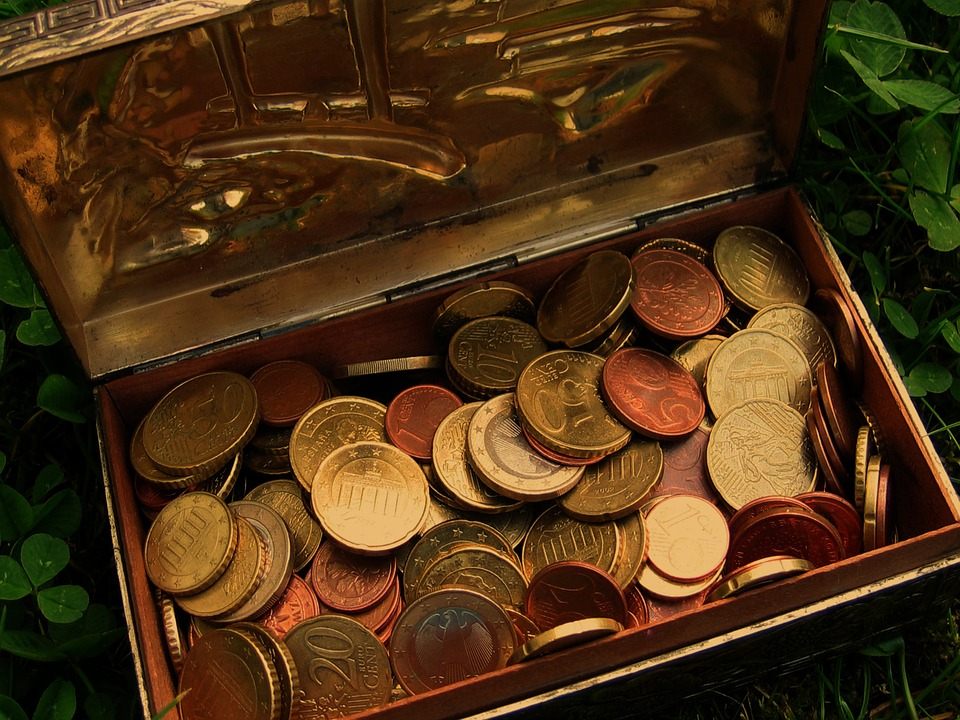
Not every search for buried treasure is an Indiana Jones-style tale of harrowing danger and swashbuckling adventure. For the small but dedicated cadre of so-called “armchair treasure hunters” around the world, discovering hidden riches is more a matter of solving complex puzzles.
In its simplest terms, an armchair treasure hunt is a generally small-stakes search for a prize that has been purposefully hidden somewhere out in the world. The key is that they’re meant to be solved by regular people. “An armchair treasure hunt is one that you can solve at home and then go out and find the prize,” says Jenny Kile, an amateur treasure hunter and creator of the armchair treasure hunting site Mysterious Writings. Kile, along with her family, have been participating in armchair treasure hunts across the U.S. since 2004. “It has to be solvable. You have to believe that you can solve it yourself.”
A typical armchair treasure hunt usually begins with a book. “Masquarade was really the first one,” says Kile. Masquarade is a short, 32-page picture book by the author and illustrator Kit Williams, released in 1979. The book tells the story of a rabbit, Jack Hare, who loses his treasure, and at the end, the reader is encouraged to try and find it. The trick with Masquarade was that the treasure was real. As part of the release of the book, Williams buried an 18-carat gold rabbit pendant in a particular spot in England, and let it be known that the location could be found within the text and images of Masquarade. The complex solution involved drawing lines from the fingers and eyes of characters in the book. Those lines would connect with letters, and those letters would then spell out the location of the golden hare: a spot marked by the shadow of a cross at noon.
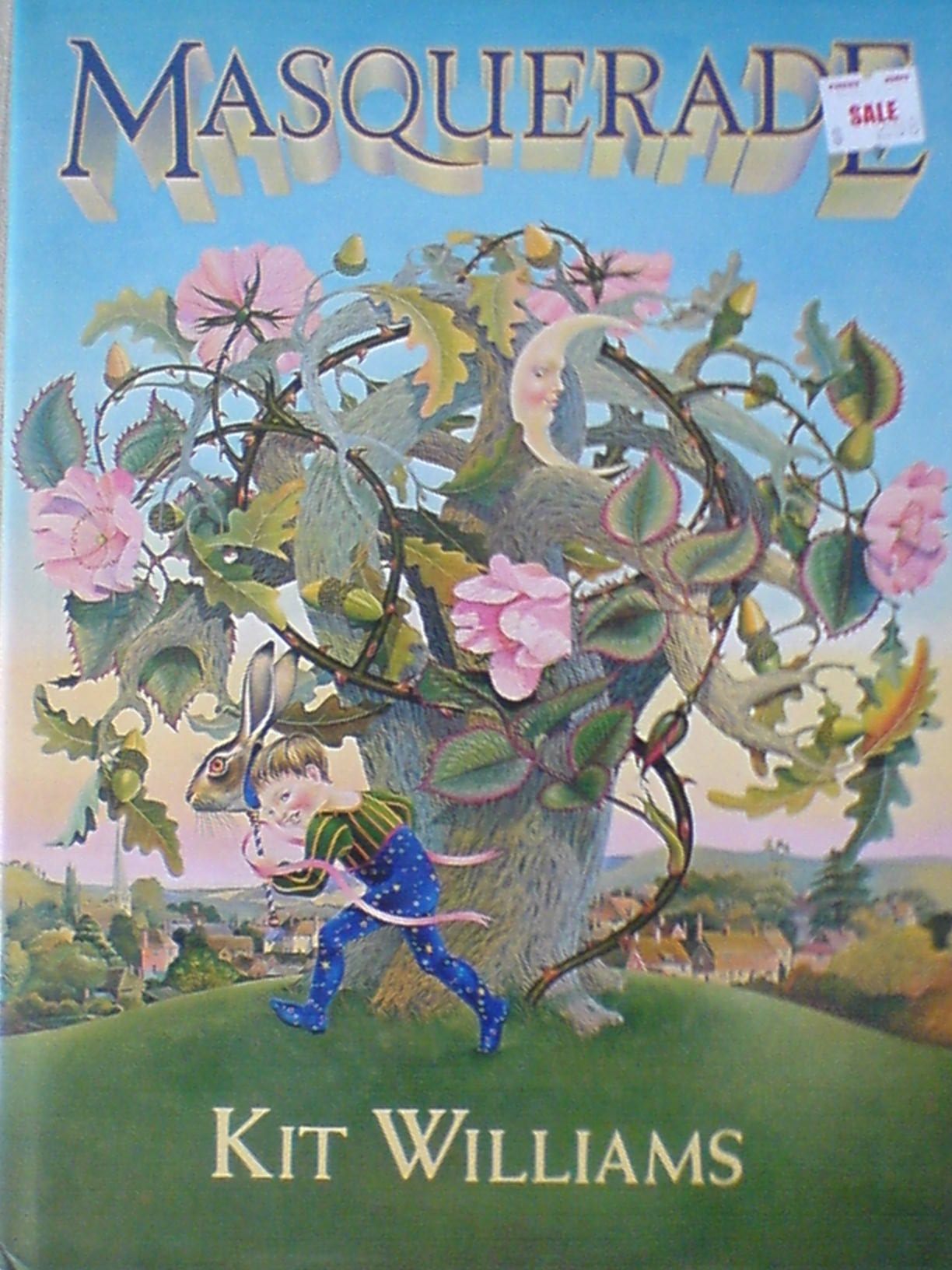
While the search for the Masquarade treasure eventually ended in a scandal—the person who found the prize was revealed to have had an inside source—it kickstarted a minor treasure hunting craze. People were digging up lawns and public spaces looking for the golden hare, and other authors began dreaming up similar books for this tiny new sub-genre. The book’s popularity birthed armchair treasure hunting as it’s known today.
Since Masquarade, a number of titles have been released in the treasure-hunt genre, with prizes ranging from life-changing to day-making. Among the more notable titles, there’s The Secret, a high fantasy–themed puzzle book from 1982 that was meant to lead to 12 keys, which could be redeemed for jewels. Only two of the keys were ever found, and people are still looking for the others to this day. Byron Preiss, the original author and person who hid the prizes, passed away in 2005, so the exact location of the remaining prizes is likely lost.
There’s also A Treasure’s Trove, a 2005 fairy tale puzzle book that hid the location of 14 artifacts which could be redeemed for a million dollars in jewels, collectively. It was this puzzle that first got Kile interested in the pastime. “My sister got me that book, and I’ve been hooked ever since,” she says. Kile even got within a hair’s breadth of finding one of the prizes herself. “We went there the morning it was found and walked right past the tree. It was the first one ever found so we didn’t know that they were hidden in knotholes,” she says. She and her family went looking for a second of the book’s treasures, but after deducing the location, all they found was a little token, and a note that said someone had found the treasure, just two hours previous.
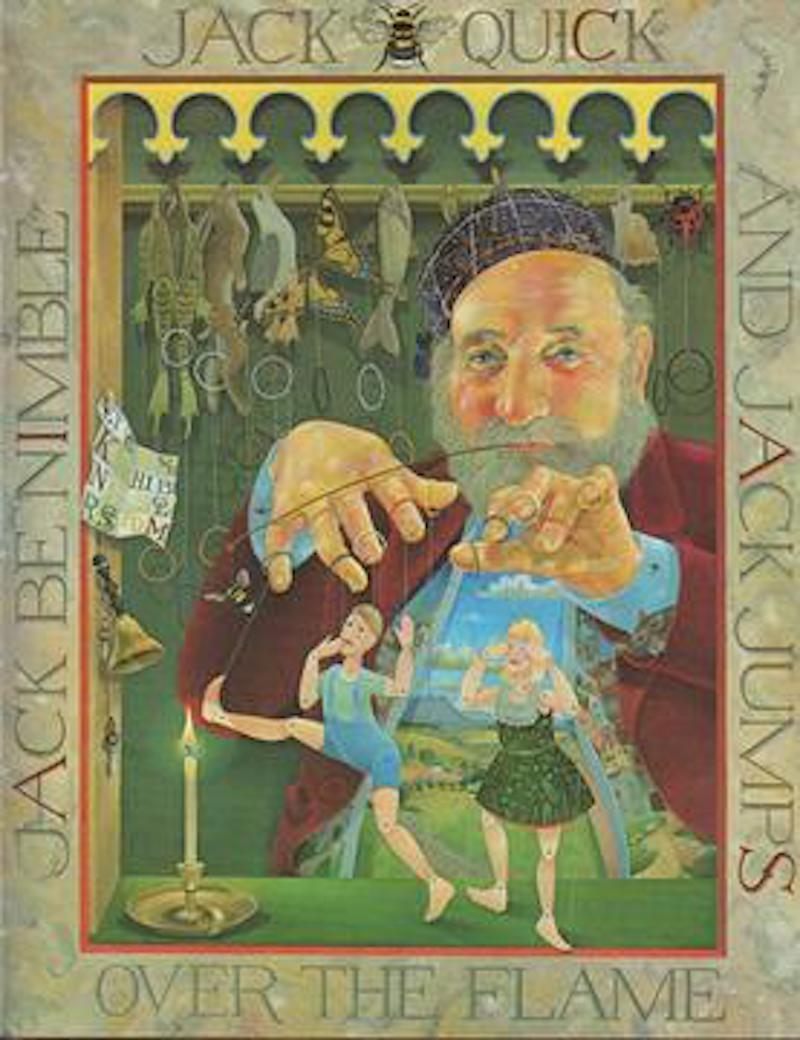
Likely the most active amateur treasure hunt today is the search for the treasure of Forrest Fenn. Supposedly worth somewhere near $1 million, the Fenn treasure is said to have been buried around 2010 by the eccentric former art dealer after he was diagnosed with cancer. He hid clues to the location of the treasure in his memoir, The Thrill of the Chase. The hunt has proven so popular that there have been a handful of books written on the hunt itself, but its popularity has also highlighted the dangers of the hobby. Two people have died while searching for Fenn’s treasure, leading police to call for him to reveal the location of the prizes, and still others to claim that the whole thing is little more than a dangerous hoax.
Kile, who has whole sections of her website devoted to Fenn’s treasure, believes that it is real. “Forrest Fenn’s is the ultimate right now,” she says. “Because it’s such a great prize, and because it’s such a beautiful area, it just inspires you to get out and explore.”
Not all hunts are as dramatic as Forrest Fenn’s, nor as high stakes. Kile points to the “Breakfast Tea & Bourbon” hunt based on the book of the same name, which contains clues that led to a $50,000 prize. Kile herself went searching for it a couple of times, but the treasure was safely discovered earlier this month. She also cites a U.K.-based quest rooted in the children’s book The Oracle: Lost in Time, which is said to lead to a prize worth at least £5,000. The treasure hunter message board Tweleve.org contains threads on many more hunts, new and old, going on all the time. There is also an active armchair treasure hunt community in the U.K., the Armchair Treasure Hunt Club.
The armchair hunts that Kile creates lead to smaller prizes, in the hundreds of dollars. For her, and for many other passionate armchair treasure hunters, the thrill is in the experience of the hunt, not just in the prospect of finding something that’s worth a lot of money. “My motive is to get [readers] interested in the website, and let them know of all the mysteries and adventures that they could go after.”

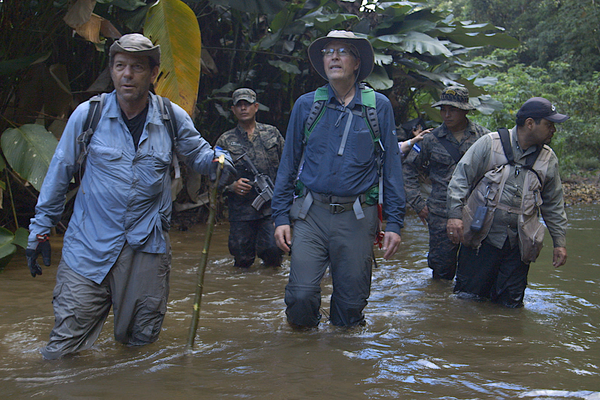
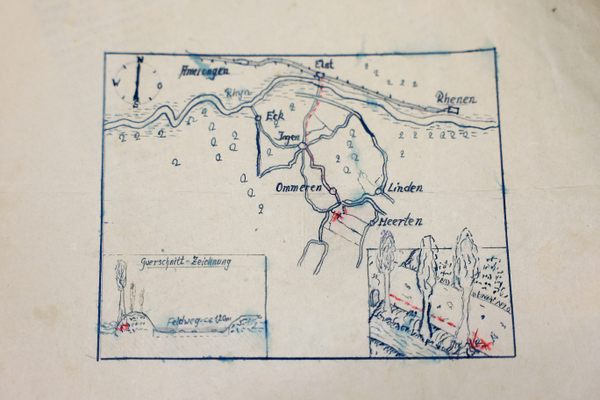






Follow us on Twitter to get the latest on the world's hidden wonders.
Like us on Facebook to get the latest on the world's hidden wonders.
Follow us on Twitter Like us on Facebook